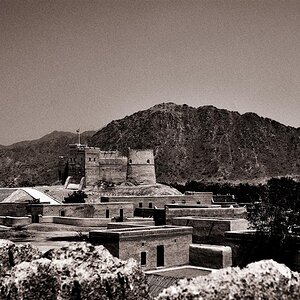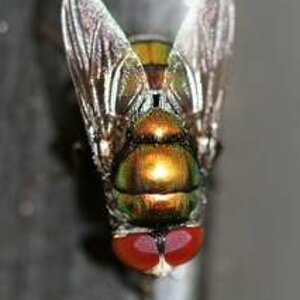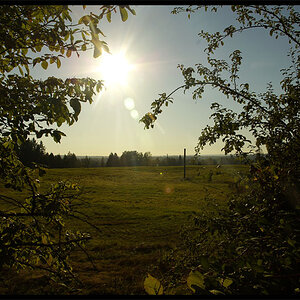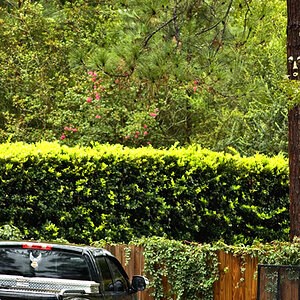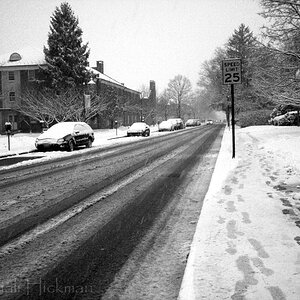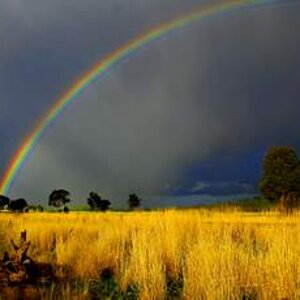Steveo555
TPF Noob!
- Joined
- Jan 3, 2010
- Messages
- 22
- Reaction score
- 0
- Location
- Washington D.C. Area
- Can others edit my Photos
- Photos OK to edit
Can someone please explain what it is meant by metering? Why it will help my pictures and certain situations in which is should be used. How do I use the AE-L and AF-L buttons on my Nikon D5000? I read the manual but still do not understand it. Can someone also give me example in which I would want to use the matrix, center weighted, and spot?



